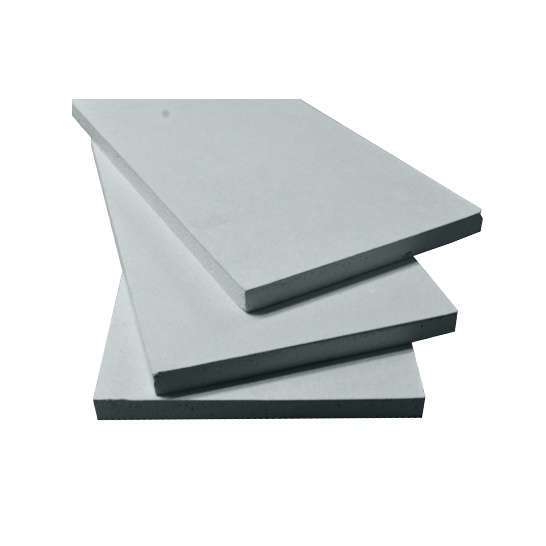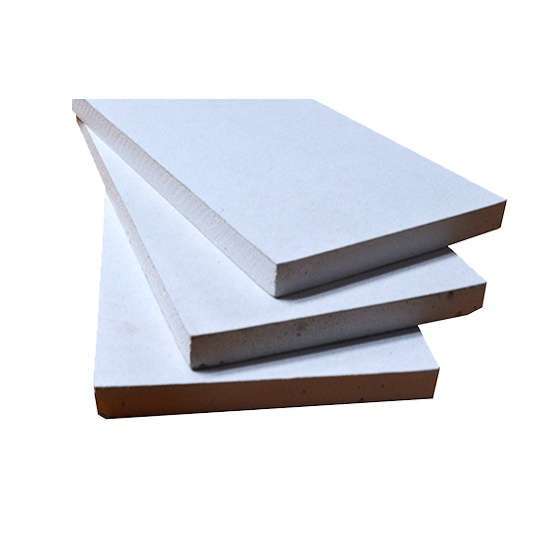23

Gypsum Board vs. Ficem Board: Which is Right for You?
Gypsum board, also known as drywall or plasterboard, is a popular building material used for interior walls and ceilings. It’s made of a gypsum plaster core encased in thick paper. It’s valued for its affordability, ease of installation, and versatility. But how does it stack up against ficem board, a newer alternative made from fiber cement? This article will discuss the key differences between gypsum board and ficem board to help you determine which material best fits your project.
Understanding Gypsum Board
Is the go-to choice for many construction and renovation projects due to its numerous advantages. It’s lightweight, making it easy to handle and install. It’s also relatively inexpensive compared to other building materials. It is readily available in various sizes and thicknesses, offering flexibility for different applications. It can be easily cut, shaped, and finished to create smooth surfaces. Additionally, it provides good sound insulation and fire resistance, making it a safe and comfortable option for interior spaces.
Exploring Ficem Board
Ficem board, short for fiber cement board, is gaining traction as an alternative to gypsum board. It’s made from a mixture of cement, sand, and cellulose fibers. Ficem board is known for its exceptional durability and resistance to moisture, impact, and fire. It’s a popular choice for exterior applications, such as siding and cladding, due to its ability to withstand harsh weather conditions. Ficem board can also be used for interior applications, particularly in areas prone to moisture, such as bathrooms and kitchens.
Key Differences: Gypsum Board vs. Ficem Board
- Durability: Ficem board is significantly more durable and impact-resistant than gypsum board. It can withstand heavy use and abuse without cracking or breaking. Gypsum board, while still relatively strong, is more prone to damage from impacts.
- Moisture Resistance: Ficem board is highly resistant to moisture, making it suitable for wet areas like bathrooms and kitchens. It won’t warp, swell, or disintegrate when exposed to water. Gypsum board, on the other hand, is susceptible to moisture damage and should be avoided in damp environments.
- Fire Resistance: Both offer excellent fire resistance. Gypsum board contains chemically combined water, which is released as steam when exposed to high temperatures, slowing the spread of fire. Ficem board, being made of non-combustible materials, also provides good fire protection.
- Ease of Installation: Generally easier and faster to install than ficem board. It’s lighter in weight and can be easily cut with a utility knife. Ficem board, being denser and heavier, requires specialized tools for cutting and installation.
- Cost: Gypsum board is typically more affordable than ficem board. The cost difference can be significant, especially for large projects. Ficem board, while more expensive, offers long-term value due to its durability and longevity.
Choosing the Right Material for Your Project
The choice between the two ultimately depends on your specific project requirements and budget. Consider the following factors when making your decision:
- Application: Where will the material be used? If it’s for interior walls and ceilings in dry areas, gypsum board is a suitable option. If it’s for exterior applications or interior areas prone to moisture, ficem board is a better choice.
- Durability: How important is durability? If the material will be exposed to heavy use or potential impacts, ficem board is the more durable option.
- Budget: What is your budget? If cost is a major concern, gypsum board is the more affordable option. However, if you’re willing to invest in a long-lasting material, ficem board is worth considering.
- Ease of Installation: Do you plan to install the material yourself? If so, gypsum board is easier to work with. If you’re hiring a professional, the installation cost difference may be less significant.
Conclusion
Both gypsum board and ficem board have their strengths and weaknesses. Gypsum board is affordable, easy to install, and suitable for most interior applications. Ficem board is durable, moisture-resistant, and ideal for exterior applications and wet areas. By carefully considering your project needs and budget, you can choose the right material to deliver the best investment results.
Remember, consulting with a professional contractor or builder can provide valuable insights and help you make an informed decision. They can assess your specific requirements and recommend the most suitable material for your project.


